Jan Pieterszoon Sweelinck (1562 - 1621)
Jan Pieterszoon Sweelinck (April or May, 1562 ? 16 October 1621) was a Dutch composer, organist, and pedagogue whose work straddled the end of the Renaissance and beginning of the Baroque eras. He was among the first major keyboard composers of Europ ... (Read all)
Source : Wikipedia
Jan Pieterszoon Sweelinck (April or May, 1562 ? 16 October 1621) was a Dutch composer, organist, and pedagogue whose work straddled the end of the Renaissance and beginning of the Baroque eras. He was among the first major keyboard composers of Europ ... (Read all)
Source : Wikipedia
Free sheet music of Jan Pieterszoon Sweelinck - A Man
5 sheets found sorted by:
Search
© 2000 - 2024
Home - New releases - Composers
Legal notice - Full version







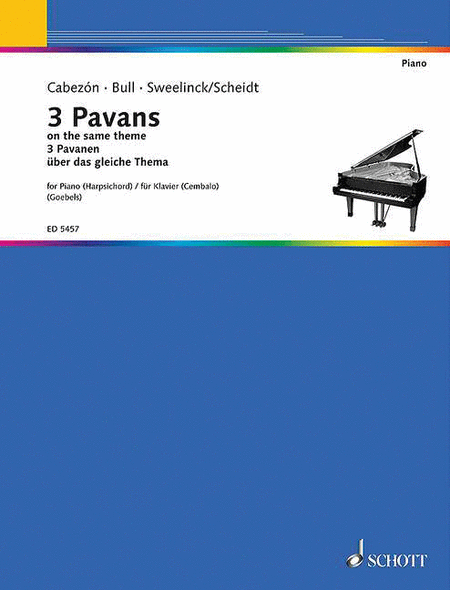
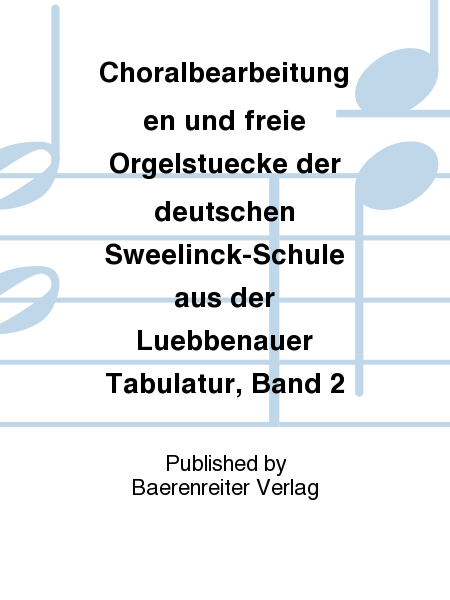
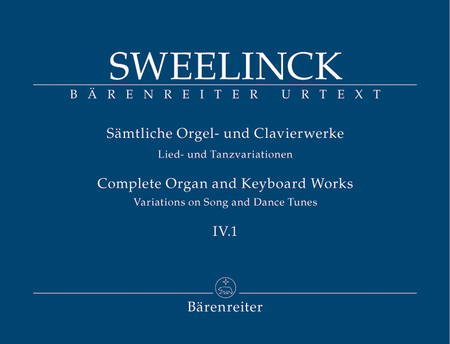
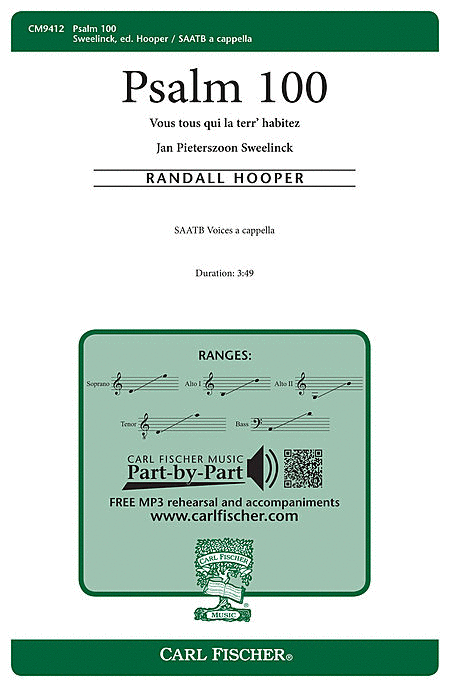
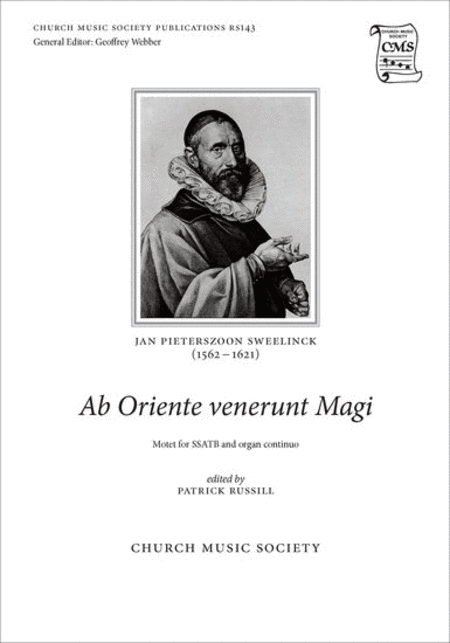
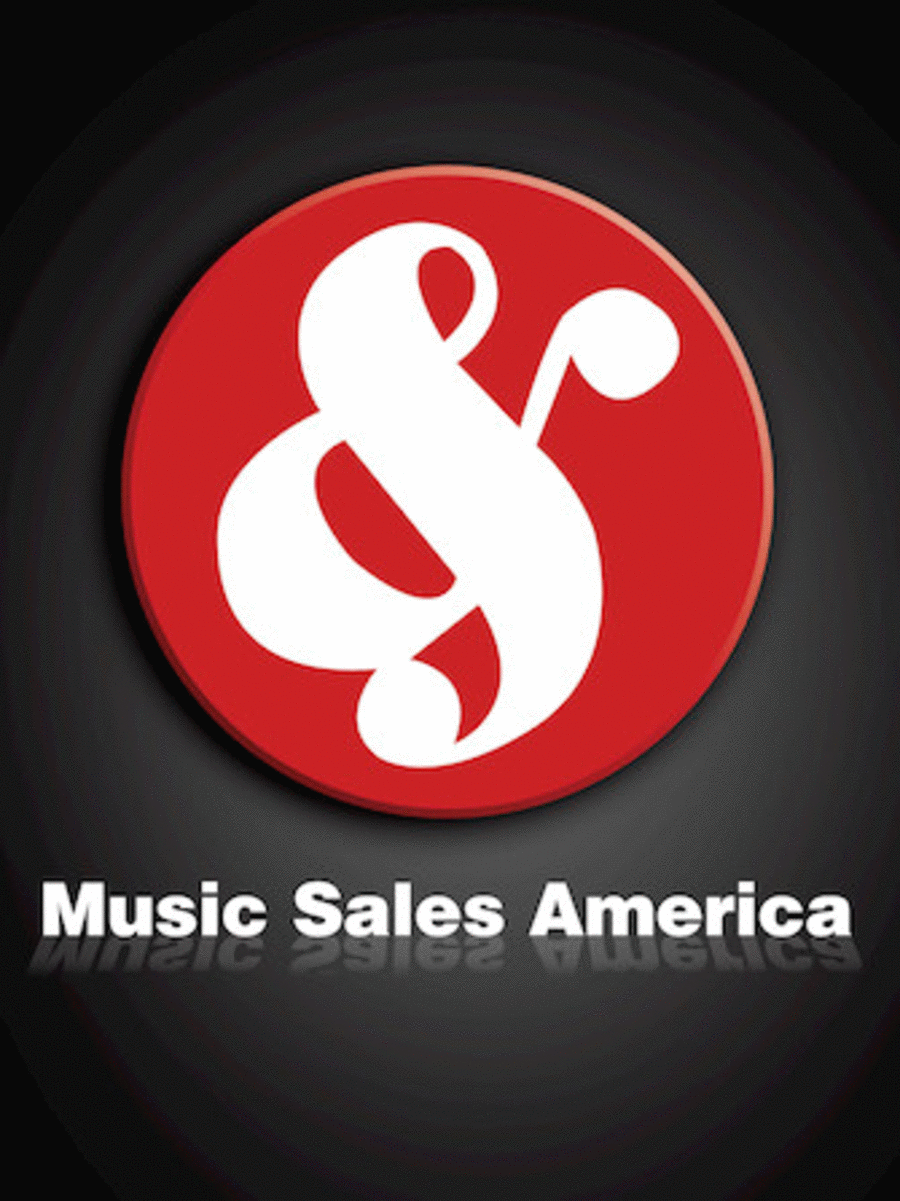
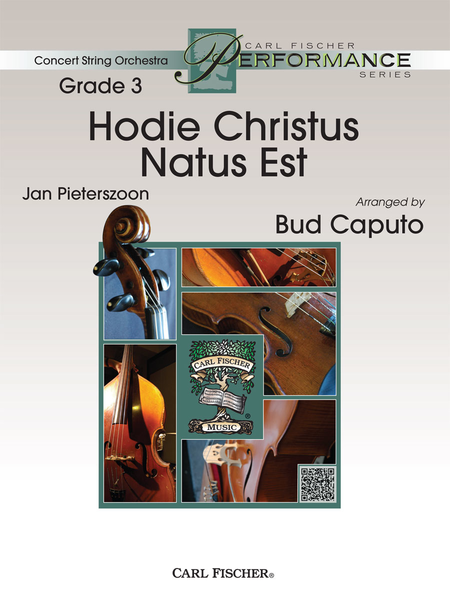
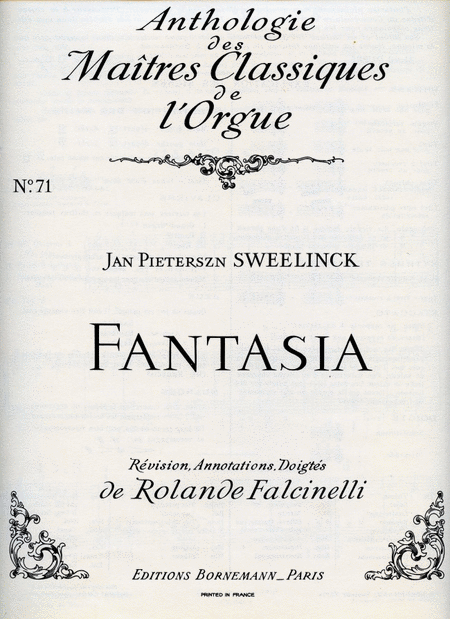




 SHEET MUSIC
SHEET MUSIC